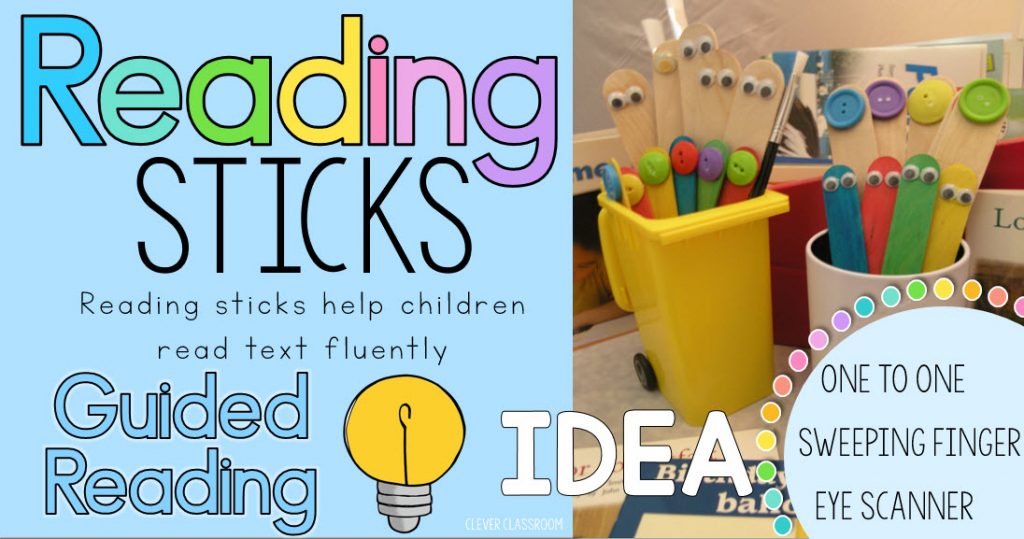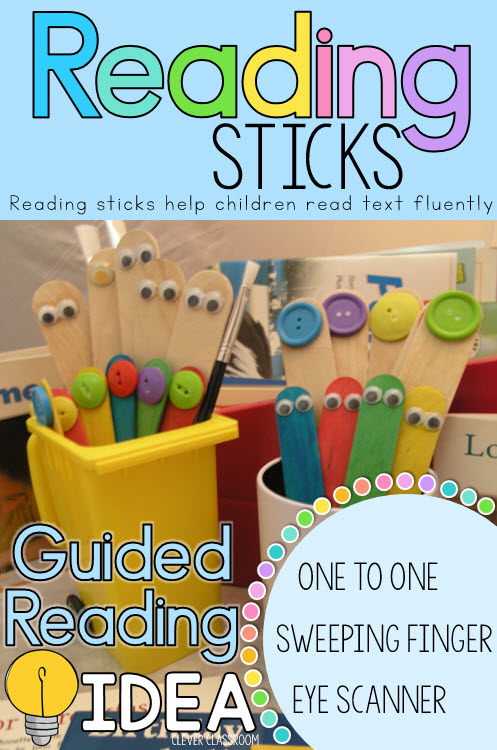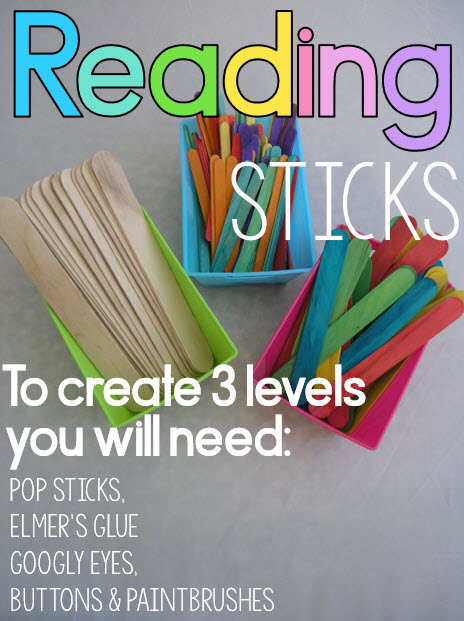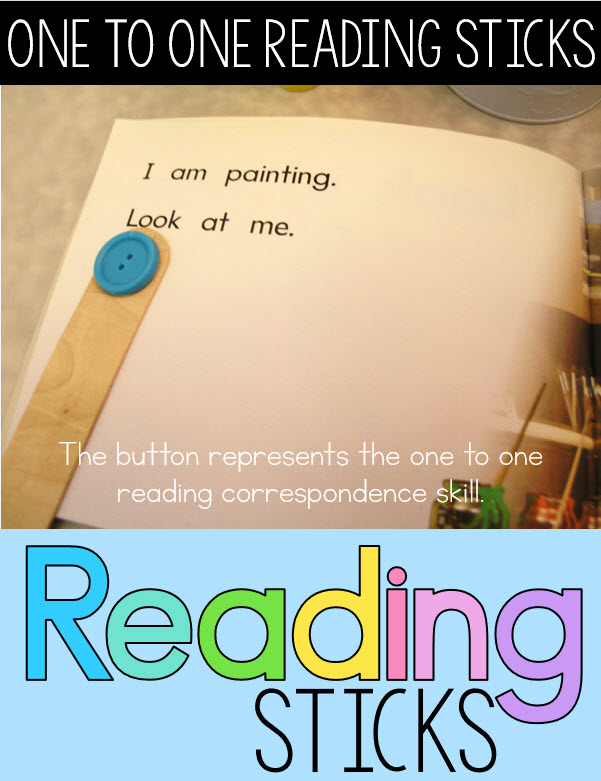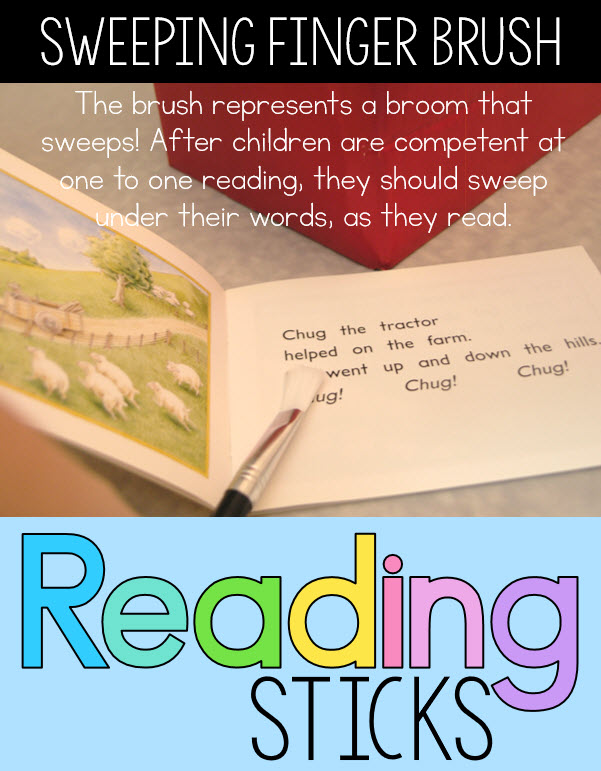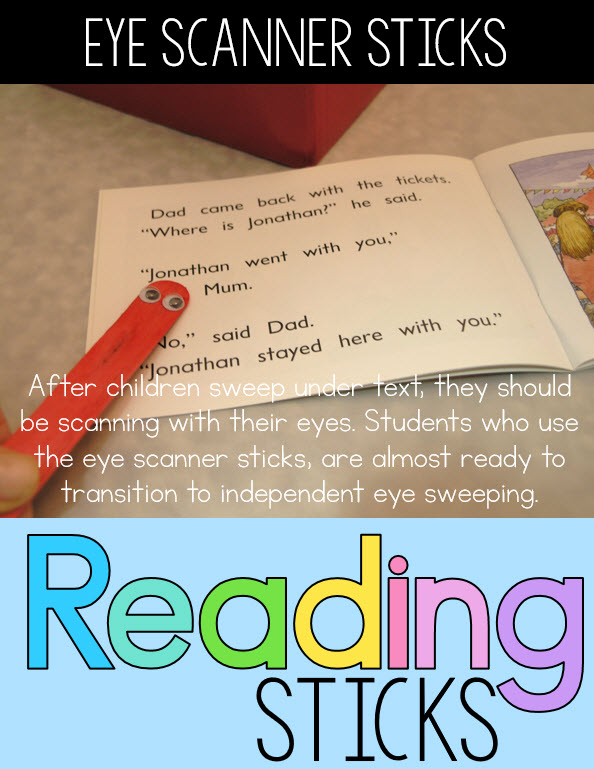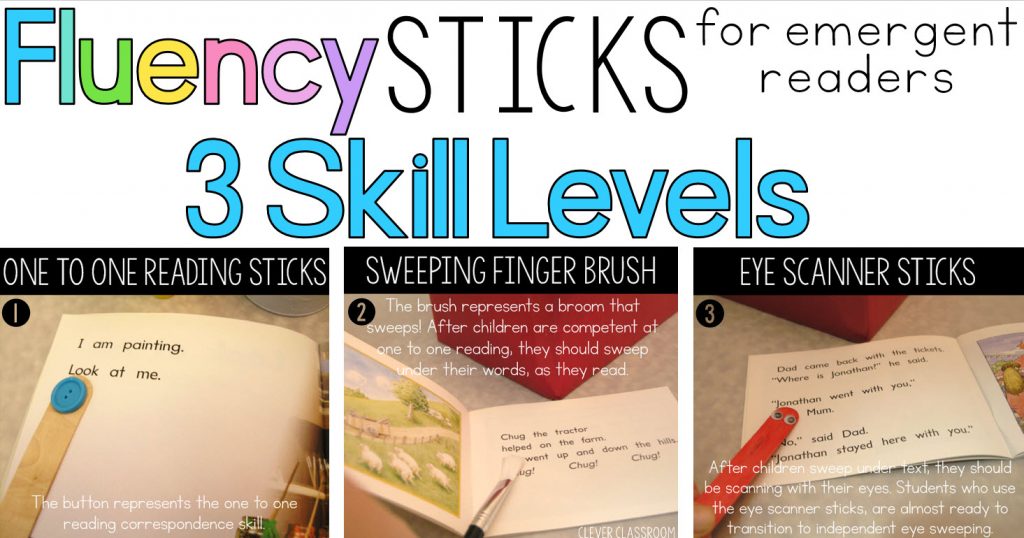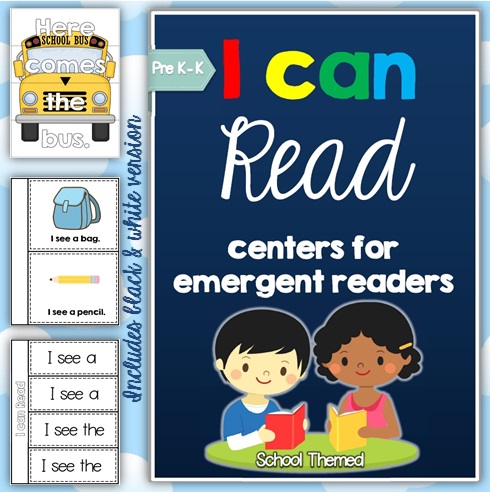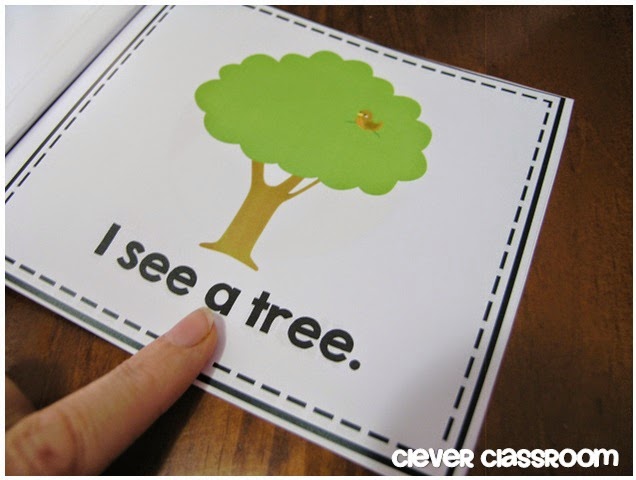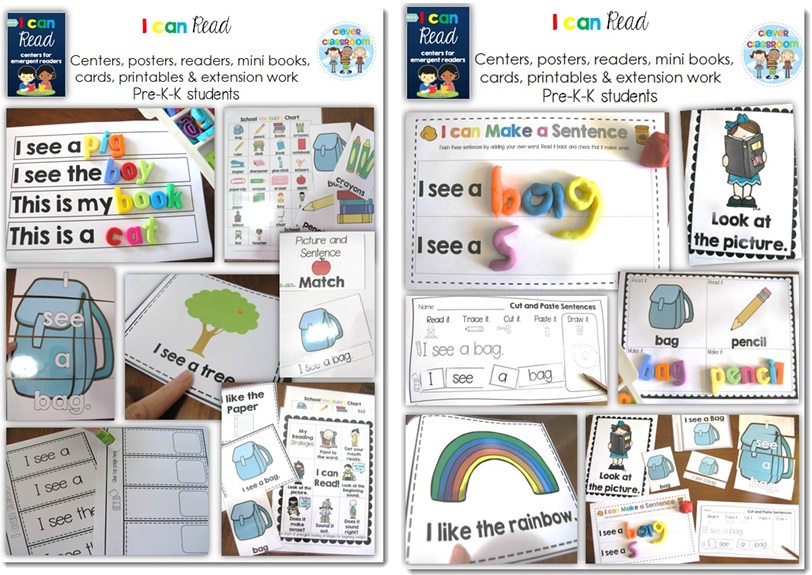We still have hope.
We, LaNesha Tabb and Naomi O'Brien, have joined together to write what we like to call our "love letter" to students all over America- and even beyond. We seek to heal, enlighten, and promote curiosity about our world, it's past, and the present people in it. This resource is for you.
Our hope is that this resource widens perspectives, encourages conversation, and promotes the idea that different isn't "bad" or "weird." We believe this can be done at even the youngest ages. We realized that we were both guilty of only teaching Black History in our classrooms and that that wouldn't cut it when we live in a nation full of diverse people. In this resource, you'll find just about every heritage month that is recognized nationally. Our goal was to create a unit that has something for everyone inside. Why?
Because knowing stuff about our world matters.
We have created a resource that covers Social Studies subjects for primary grades. In these monthly thematic units, we cover fresh and interesting topics in the areas of civics, history, sociology, geography, and economics. There's a little bit of everything in here- differentiated reading passages, activities, crafts, mini-books, e-books, assessments...the works! It can be adapted anywhere from grades K-3. LaNesha is currently teaching the modified version in kindergarten and Naomi teaches her gifted and talented students- all from the same resource!
Here is a snapshot of the January Resource!
Lastly, we wanted to make sure that you could see the big picture for where we are headed, so we'd love to present the overview for the year! Are you ready? Annnnnd scroll!
See? We weren't kiddin'! Our goal was to recognize as many cultural groups and interesting topics as we could! We are so excited to expose our youngest students to our rich history, sociology, civics, geography, and economics! Little kids can do big things and think big thoughts and we hope this resource encourages just that!







































